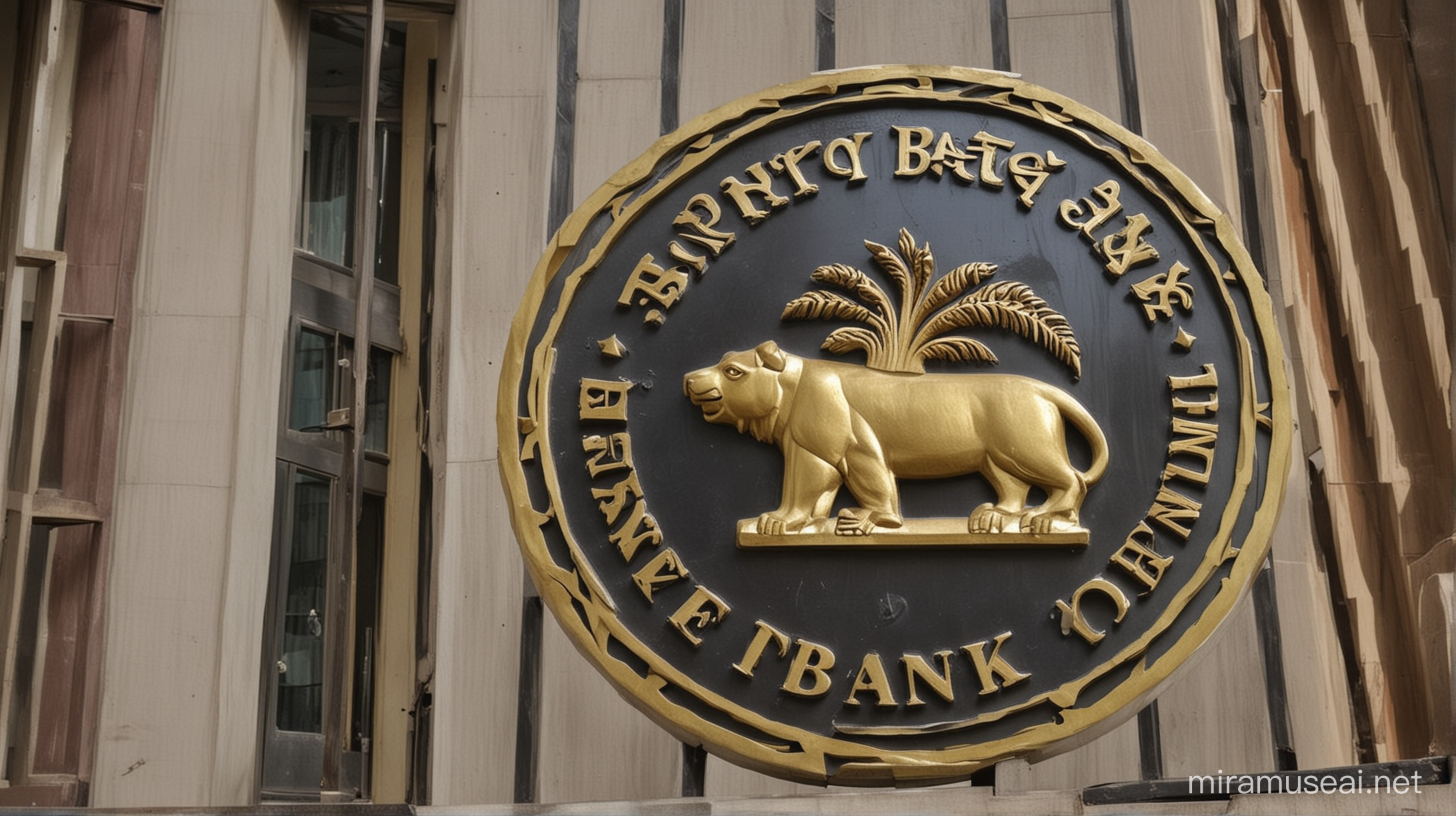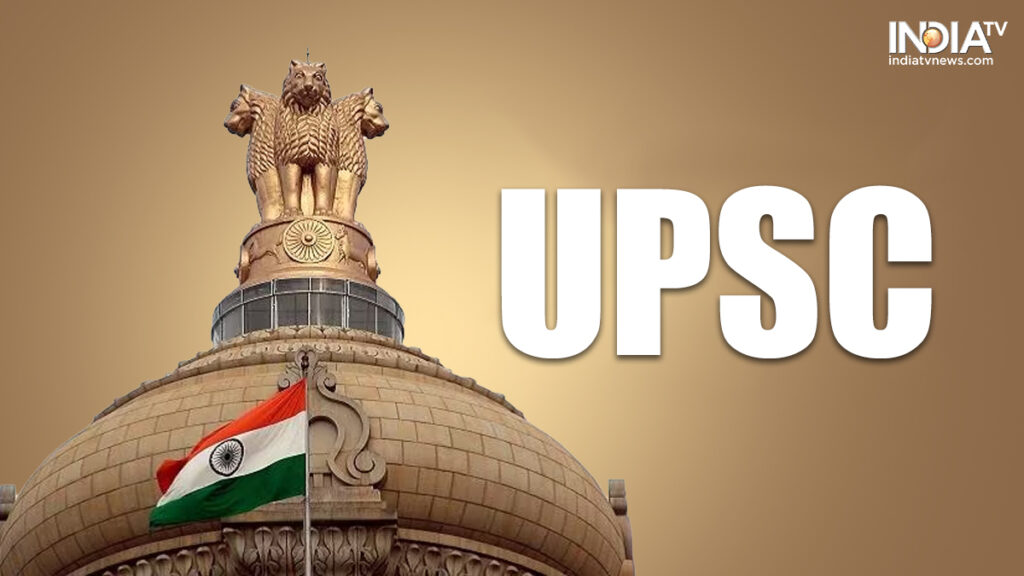The establishment of the Reserve Bank of India (RBI) in 1935 marked a crucial milestone in India’s economic history, shaping the country’s monetary policy, banking regulations, and financial stability for decades to come. This pivotal institution has played a central role in steering India’s economy through various challenges and transitions, contributing significantly to its growth and development.
Historical Context
- Pre-Independence Economic Landscape: Before the establishment of the RBI, India’s monetary and banking systems were fragmented, with various banks operating under different regulations across different regions.
- British Influence: The need for a central banking authority was emphasized during British colonial rule to streamline monetary policies, regulate banking operations, and stabilize the financial system.
Establishment of the Reserve Bank of India
- The Royal Commission on Indian Currency and Finance: The idea of a central bank for India gained momentum following recommendations from the Royal Commission in 1926, which highlighted the need for a central banking authority.
- RBI Act of 1934: Based on the recommendations of the Hilton Young Commission, the RBI Act was passed in 1934, providing the legislative framework for the establishment and functioning of the Reserve Bank of India.
- Inauguration: The RBI officially commenced operations on April 1, 1935, with Sir Osborne Smith as its first Governor.
Functions and Responsibilities
- Monetary Authority: The RBI acts as the country’s central monetary authority, formulating and implementing monetary policies to control inflation, promote economic growth, and maintain price stability.
- Banking Regulation: It regulates and supervises the banking sector, ensuring sound banking practices, financial stability, and customer protection.
- Currency Issuance: The RBI has the sole authority to issue currency notes in India, managing the country’s currency supply and circulation.
- Foreign Exchange Management: It regulates foreign exchange transactions and manages India’s foreign exchange reserves to support external trade and maintain exchange rate stability.
- Developmental Role: The RBI plays a developmental role by promoting financial inclusion, supporting priority sectors, and fostering a robust and inclusive financial system.
Evolution and Milestones
- Post-Independence Reforms: After India’s independence in 1947, the RBI underwent structural reforms to align with the country’s economic goals and priorities, including nationalization of major banks in 1969 and 1980.
- Liberalization Era: The 1990s witnessed significant economic reforms and liberalization measures, and the RBI played a crucial role in modernizing India’s financial sector, introducing new banking technologies, and enhancing regulatory frameworks.
- Inflation Targeting Framework: In recent years, the RBI has adopted an inflation targeting framework, aiming to maintain inflation within a specified target range while supporting economic growth.
- Digital Initiatives: The RBI has been at the forefront of promoting digital payments, financial inclusion through initiatives like Unified Payments Interface (UPI), and fostering a digital banking ecosystem.
Impact and Contributions
- Financial Stability: The RBI’s prudent policies and regulatory oversight have contributed to maintaining financial stability, resilience during economic crises, and investor confidence in India’s banking and financial system.
- Monetary Policy Tools: Through instruments like repo rates, reverse repo rates, open market operations, and reserve requirements, the RBI influences money supply, credit availability, and interest rates in the economy.
- Banking Sector Reforms: The RBI has played a key role in banking sector reforms, including liberalization, consolidation, governance enhancements, and promoting financial inclusion through initiatives like Jan Dhan Yojana.
- International Cooperation: The RBI collaborates with global financial institutions, central banks, and regulatory bodies, contributing to international financial stability, exchange rate management, and economic cooperation.
Challenges and Future Directions
- NPA Management: Non-Performing Assets (NPAs) in the banking sector remain a challenge, and the RBI continues to focus on asset quality, risk management, and banking sector reforms.
- Digital Transformation: The RBI faces opportunities and challenges in managing digital payments, cybersecurity risks, fintech innovations, and ensuring inclusive and secure digital financial services.
- Global Economic Integration: With India’s increasing integration into the global economy, the RBI plays a crucial role in managing capital flows, exchange rate stability, and aligning monetary policies with global economic trends.
- Financial Inclusion: The RBI continues to promote financial literacy, inclusion, and access to formal financial services, especially in rural and underserved areas, to foster inclusive economic growth.
In conclusion, the Reserve Bank of India’s establishment in 1935 marked a significant step towards shaping India’s economic landscape, fostering financial stability, and promoting inclusive growth. Over the years, the RBI has evolved as a dynamic institution, adapting to changing economic realities, embracing technological advancements, and playing a pivotal role in India’s journey towards becoming a global economic powerhouse.






